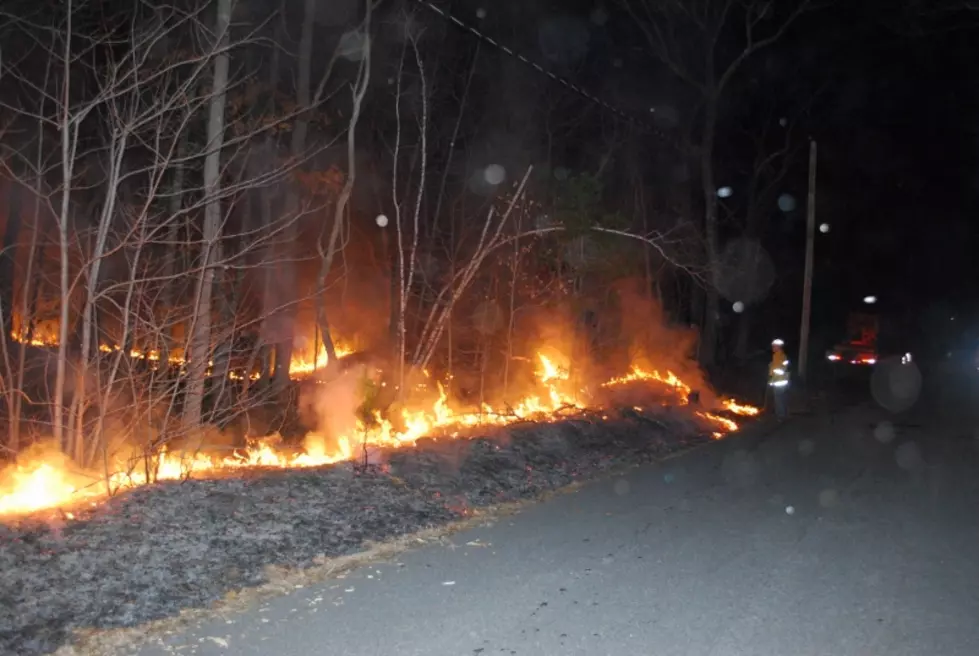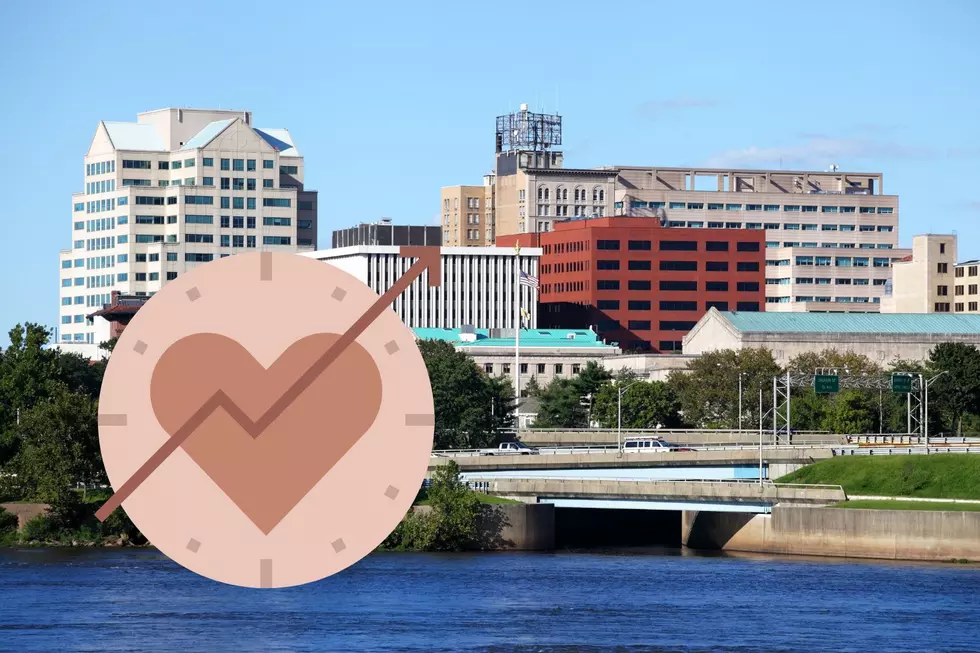
Prescribed burns help Jersey forests
Prescribed or controlled burns are conducted annually by the State Forest Fire Service to reduce the risk of wildfires in New Jersey's wooded areas. Under a new state law, the burns also have a secondary benefit.
State Department of Environmental Protection spokeswoman Caryn Shinske says they burn "materials that have the potential to fuel wildfires."
"Those are things like twigs and branches and dry leaves that gather and collect on forest floors and when New Jersey gets into peak wildfire season. If you have all the material on the ground, it acts as a fuel and it can fuel the intensity of the wildfire. It's almost like an accelerant," she said.
Under the Prescribed Burn Act signed by Gov. Phil Murphy last summer, burns are also used to improve and manage the habitats of certain wildlife.
"Now the law recognizes that there are benefits to prescribed burns such as managing habitat and helping other ecological and forestry needs," Shinske said. "The ecosystem in the Pinelands has come to depend on periodic wildfires and that helps release seeds in some of the plant and tree species."
Primetime for wildfires in the Garden State is the April/May period.
"You take the warmer temperatures, sunlight streaming through the woods and forests to where these materials are, you add in some winds and all of that together can result in wildfires. So if we are able to eliminate these materials from the forest floor, it can help our state Forest Fire Service better deal with and control the potential for wildfire."


